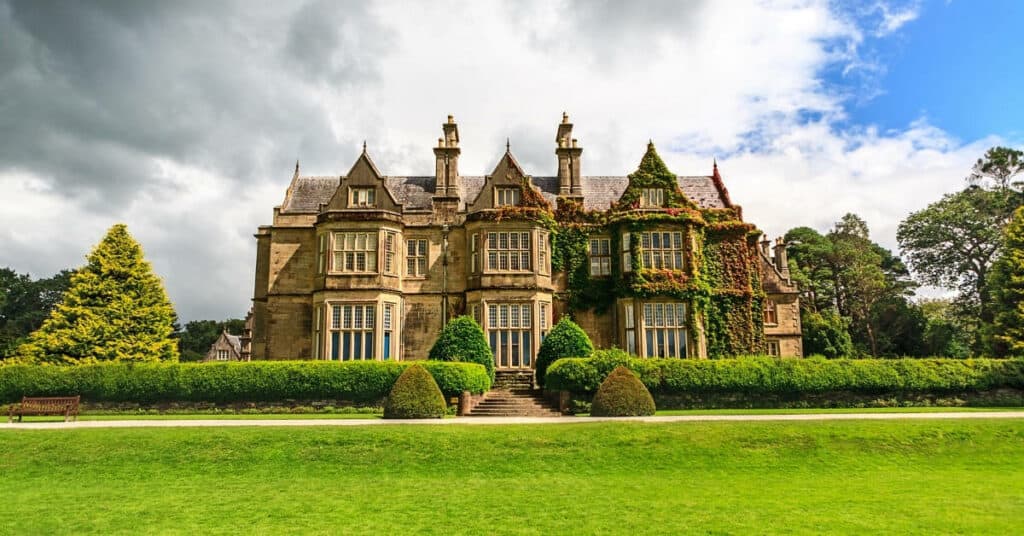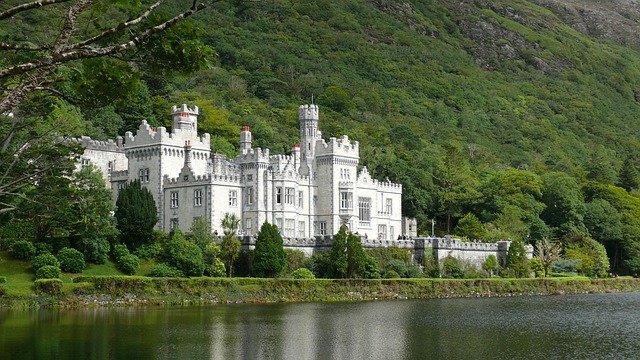The Republic of Ireland, known to the people who love it as The Emerald Isle, is the third-largest island in Europe. It is located in the North Atlantic, next to the U.K, and, since 1921, has been divided into The Republic of Ireland and Northern Ireland. In this guide, we will be focusing on the Republic of Ireland only. With its stunning landscapes in nature and its welcoming cities, Ireland is hugely popular with tourists from all over the world. Please remember that the Republic of Ireland uses the EURO (€). If you plan to travel to Northern Ireland on your trip, you will need STERLING(£). Make sure your visa covers both if you do intend to travel over the border, especially with BREXIT.
Best Travel Guide to the Republic of Ireland
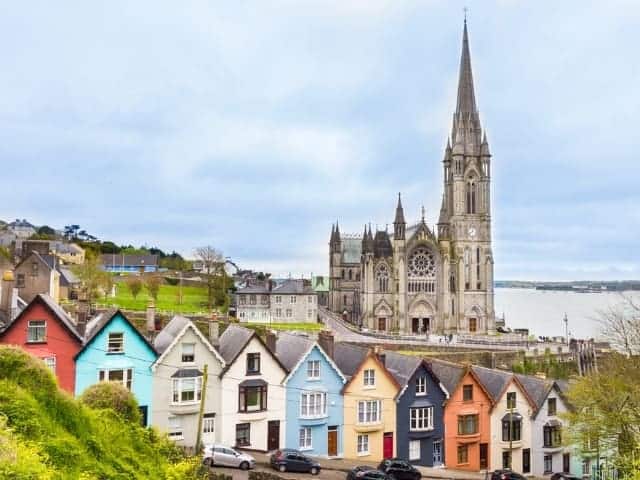
Irish Culture in the Republic of Ireland
Irish culture is a wonderful mix of old and new – with roots in the culture of ancient peoples, to more modern influences from Gaelic culture, Anglicization, Americanization, and influences from the rest of Europe. Despite changes made over the last few hundred years, Ireland is still broadly considered a Celtic nation in Europe. This mix of cultural influences is especially noticeable in the intricate artwork and designs which are largely religious and secular works. These designs have kept their popularity in jewelry and artworks such as pottery and graphic design. Another huge staple of Irish culture is traditional Irish music and dance, which was modernized in 1994 with Riverdance.
Religion plays a big part in Irish history and culture and has done since ancient times. Religion is so much a part of Irish culture that it has been the focus of political divisions since the plantations in the 17th century. The Celtic church fused with more traditional Irish (pre-Christian) heritage in the 5th century. This is how the Republic of Ireland got its patron saint – Saint Patrick – who is said to have banished snakes from the island. Irish people still celebrate St. Patrick’s Day on the 17th of March annually as a national holiday. There is also a myth in the Republic of Ireland that, at the end of the world, Saint Patrick himself with return with a wave to cover the island and bring its inhabitants to Heaven.
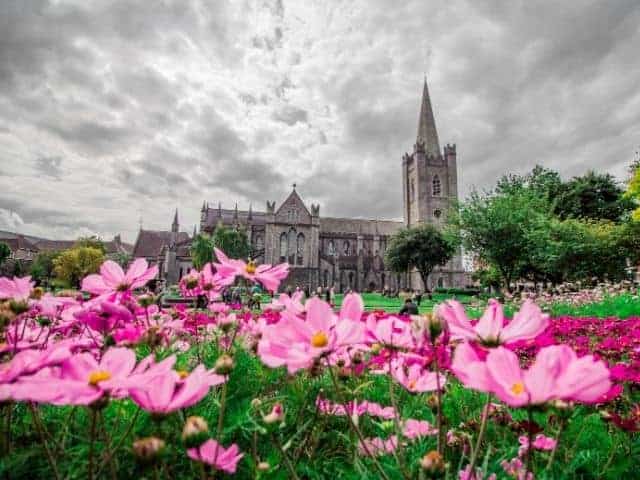
During the Dark Ages, Irish monk, Saint Columba, began missions that brought literacy to Europe. Because of this, the Republic of Ireland is known as “the island of saints and scholars”.
Irish pubs are also a big draw when it comes to Irish culture, with Irish pubs now popular worldwide. You can find an Irish pub in almost any country in the world! Irish people are known for their hospitality and “craic”. “Craic” is an Irish word, used to describe something that is a lot of fun.
Irish Arts in the Republic of Ireland
Literature
Whether it be in Irish or in English, the Irish contribution to the world of literature is expansive. Irish poetry – particularly in the Irish language – is among the oldest in Europe. Irish was the most widely spoken language in Ireland until the 19th century. In the 1900s, the Gaelic revival had begun and so the Irish language became popular in modern poetry too!
There are many famous Irish writers, including Jonathan Swift, Oscar Wilde, and Samuel Beckett. There are four Irish Nobel Prize for Literature Winners: George Bernard Shaw, Samuel Beckett, Seamus Heaney, and William Butler Yeats. James Joyce is also a highly revered Irish writer. Many modern Irish writers find themselves inspired by rural Irish heritage. Ireland has more Nobel Prize in Literature winners than any other country in the world.
Music
There has been evidence of music in Ireland since prehistoric times. The musical triads of Irish singing genres are weeping music, laughing music, and sleeping music. The Irish harp is the National Symbol of the Republic of Ireland. It is engraved on Irish currency due to its significance to Irish culture. There has been a huge surge in global coverage and the popularity of traditional Irish music and dance since the 1960s. This is thanks to groups like The Dubliners, The Wolfe Tones, and The Chieftains. Many popular groups such as Thin Lizzy, U2, and The Cranberries are Irish. The Celtic Woman is an Irish group that sings both traditional and modern songs. Riverdance made its debut in 1994 Eurovision and has been widely successful ever since.
Art
Newgrange is a very popular tourist site in the Republic of Ireland dating back to the Bronze Age.
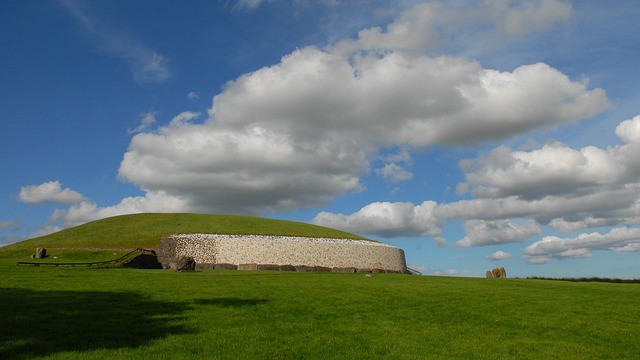
Sports
The Republic of Ireland has its own sporting association called the GAA (Gaelic Athletic Association). Hurling, handball, and Gaelic football are the most popular traditional sports in Ireland. Rugby is also a popular sport in Ireland. There are also some horse racing and greyhound racing tracks located around the country.
Hurling is older than the recorded history of Ireland! It does not require protective gear. It is considered one of the fastest (and most dangerous) sports in the world with helmets only being made mandatory in 2010! Hurling is included in many Irish myths and legends and is said to predate Christianity, and was briefly considered for the Olympics in 1904.
Planning Travel in the Republic of Ireland
Before traveling to the Republic of Ireland, it is important to plan your trip wisely. Make sure to keep these things in mind so that your trip goes smoothly:
- Before travelling to Ireland, and alongside reading this guide, it would be good to invest in a travel guide book. These books let you know the do’s and don’t’s of the country you’re travelling to. For the Irish, though culture is largely similar to other parts of Europe, and the west in general, it is good to remember that Ireland has its own sensitivities too.
- Be sure also to have a small knowledge of where you’re going – Ireland has lots of winding backroads, mountainous areas, and forests. There is also no subway or metro-type transportation services outside of Dublin. Buses are rarely on time – so make sure you leave lots of it if you’re going somewhere!
- Of course, you need to be able to contact others while travelling. Network coverage and internet access are limited in Ireland, especially in rural areas. A pocket Wi-Fi device or “egg” is always handy to have. You can also get a SIM card for your phone at the airport, or from any 3Mobile or Vodafone store.
- Make sure you write down the address of where you’re staying and keep it on you at all times. Memorize it if you can. Most hotels and B&B’s offer business cards. Always keep one on your person in case you get lost.
- Keep an eye on the taxi meter. Don’t let a taxi driver talk you into a prearranged fee to get you somewhere. Uber is not yet available in Ireland, so make sure you have the number of the local taxi service saved on your phone. Most buses in Ireland finish at 11 pm. Some more rural areas do not have bus routes.
- Should you be a non-English speaker, it is advised that you learn helpful English phrases before visiting Ireland. If you’re travelling to a Gaeltacht (Irish-speaking) area such as Dingle or the Aran Islands, you will be alright with just English (but more welcome if you can speak a few words in Irish).
- If you plan on visiting a tourist attraction or taking a tour, make sure to book your place in advance – especially during the summer months. Places go quickly, especially in areas that only run one or two tours per day.
- Try to find a local tour guide who can show you around the places that aren’t in the tourism books. These are often the best places to visit!
- Try to have a mix of both modern and traditional places to visit on your list.
- If you are visiting during a festival period (such as the Jazz Festival in Cork) be wary of your personal items. Do not put your phone or wallet in your back pocket, and do not leave your items unattended.
Travel Budgeting in the Republic of Ireland
Ireland is expensive. In fact, Ireland is one of the most expensive places in the world to visit. The cost of food and transportation is high, particularly during tourism months. You should budget about €100 a day, not including your accommodation. This is because travel within Ireland is expensive and there are high tax levies (such as sugar tax) on foods and drinks. Tipping is not a requirement.
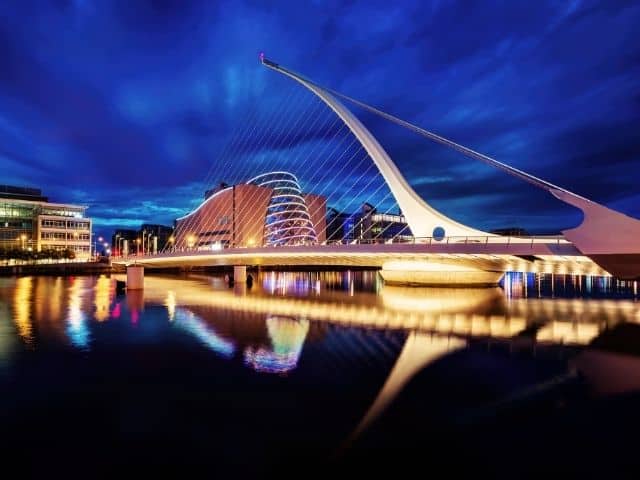
How to get to Dublin City Centre from the Airport
By Car
If you are renting a car in Ireland, remember that the Irish drive on the LEFT side of the road. You can rent an automatic car from the airport, but manual cars are more popular and therefore cheaper. Make sure to ask around at the airport at the different rental services for the best quote. Renting a car is a good idea because Irish public transport is unreliable and taxis are expensive. There are also no subways. The only metro system is in Dublin City Centre.
By Bus
Everything is different with COVID-19, especially bus travel. Please check Dublin Airport’s website for updated regulations on current travel by bus options during the pandemic.
Dublin Airport offers two types of bus service: Dublin Services and National Services. Make sure to double (and even triple) check your destination and coach number as there are a lot of towns in Ireland with similar-sounding names. The names will be presented in both Irish and English, so if you don’t see your bus right away remember that you could be reading the Irish name of the place you’re headed.
Bus prices vary from €7 in the City Centre up to €28 in cities such as Cork. Tickets can be booked online and online bookings are usually offered a small discount. Airport buses generally run all night, but be sure to check beforehand on the website.
By Taxi
As a passenger in a taxi, you are entitled to journeys of up to 30KM. Make sure your fare is by the meter. You are also entitled to a receipt. If your taxi is dirty, or uncomfortable/unsafe in any way, be sure to report the issue. Taxi drivers must display the fare information by law.
Day tariff is an initial charge of €3.80, and then 40c per minute.
Night tariff is an initial charge of €4.20, and then 51c per minute.
Sunday (all-day) tariff is same as Night tariff.
If you type “FARE ESTIMATOR IRELAND” into Google, you can approximate your fare beforehand.
Where to visit in the Republic of Ireland
Ireland is a stunning country, with breathtaking scenic views and bustling cities that will keep you entertained on your trip.
There are loads of different types of tours walking tours, ghost tours, photography tours, and boat trips. Tourism is one of Ireland’s most important economic sectors and is therefore vibrant and competitive. Ireland wants to have a positive image overseas, and so strives for an environmentally friendly and socially welcoming tourism community.
Destinations
Here you can find just a handful of some of the best destinations to visit in the Republic of Ireland:
- The Book of Kells and Trinity College Dublin for those interested in art and literature
- Killarney National Park for those who love nature (currently closed due to COVID-19 restrictions)
- Kilmainham Gaol for those interested in the notoriously dark side of culture
- The English Market in Cork for food lovers
- The Guinness Storehouse, Dublin
- Fota Wildlife Park, Cork, for animal lovers
- National Gallery of Ireland, Dublin
You can find more popular tourist destinations in Ireland here, which lists both fee-paying and free entry attractions.
Tours in Ireland
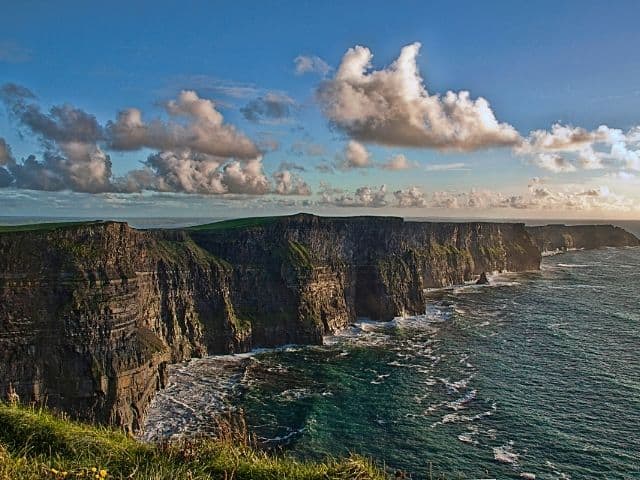
- Game of Thrones filming locations tour from €70
- Cliffs of Moher, Wild Atlantic Way, and Galway City from €45
- Wild Wicklow tour from €36
- The Ring of Kerry tour from €65
- Giant’s Causeway (Northern Ireland) from €65 (departs from Dublin)
- Blarney Castle, Cork from €63
- Titanic Visitor Experience, Belfast from €65
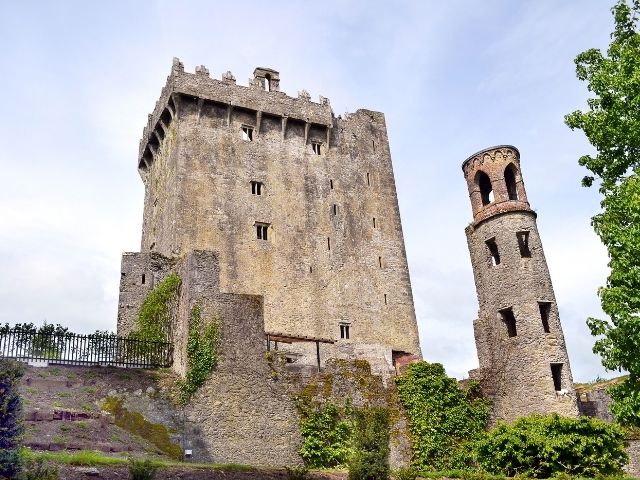
National Parks in Ireland
There are six National Parks located across Ireland:
- Ballycroy
- Connemara
- Glenveagh
- Killarney
- The Burren
- Wicklow Mountains
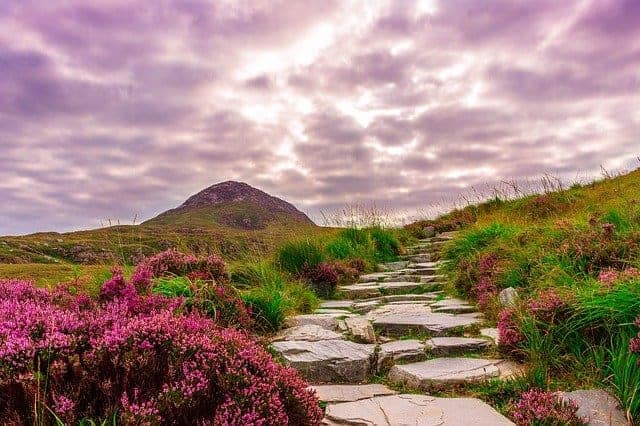
Historical Sites in the Republic of Ireland
Ireland has an incredible history, with years of oppression from the British, invasions from the Normans, and civil wars and unrest. These historical events have left landmarks that you can visit on your trip to Ireland. Here are some of the historical sites to see:
- Newgrange – an ancient ceremonial site, County Meath. Newgrange is older than Stonehenge by 1,000 years. In fact, it’s older even than the Egyptian Pyramids of Giza. It is at least 5,000 years old.
- The Rock of Cashel – the traditional seat of the Kings of Munster before the Norman invasion, County Tipperary. Over 1,000 years old!
- Leap Castle – the most haunted castle in Ireland, County Offaly. This castle has played host to some of the most horrifying incidents one could imagine.
- Reginald’s Tower – the oldest building in Ireland, County Waterford.
- Dunbrody Famine Ship – County Wexford. Used to transport emigrants from Ireland to America during the famine, this is a replica ship that tourists can board.
- There are also hundreds of ancient castles in Ireland. If you’re feeling extravagant and you want to have a tour, check out this website for information on how to do just that!
Best things to do in Ireland’s Capital City: Dublin
- Take a tour of the Jameson Distillery (also located in Cork)
- Visit the Spire of Dublin
- Tour St. Patrick’s Cathedral
- Take a tour Dublin Castle
- Have a picnic at Phoenix Park
- Marvel at the beauty of Trinity College Library
- Visit Dublin Zoo
- Learn and Irish sport at Experience Gaelic Games
- Wander around St. Stephen’s Green
- Check out the Botanic Gardens, and stop to smell the roses
- Peruse the Little Museum of Dublin
- Learn some history at the National Museum of Ireland
- If you like museums and whiskey, be sure to check out the Whiskey Museum of Dublin!
Best things to do in Ireland’s biggest county: Cork
- Go stargazing at the Blackrock Castle Observatory
- Ring the Shandon Bells
- Live the Titanic Experience
- See the animals at Fota Wildlife Park
- Search for ghosts at Cork City Gaol
- Be romantic at Gougane Barra
- Trek to Mizen Head
Irish Food
Ireland may be famous for its green hills, wild coasts, and charming towns, but nothing tells you more about a country than its cuisine. Whether you’re looking for fresh seafood, creamy ice cream, or a thick pint of Guinness, Irish food has something for everyone.
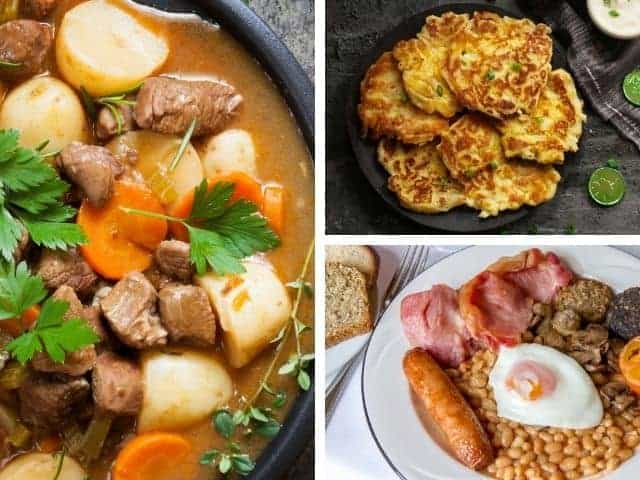
- Irish Stew to keep you warm on a cold day
- Full Irish breakfast (or if you’re on the run, you can have it in a breakfast roll from the local Centra!)
- Potato pie (best had from the local chipper)
- Speaking of the chipper, make sure to try fish and chips or a battered sausage
- Potato and leek soup
- Bodice
- Bacon and cabbage
- Irish soda bread
- Tayto sandwich (a must-have!)
- Murphy’s ice-cream
- Lilly O’ Brien’s handmade chocolate
- O’ Connaill’s handmade chocolate
Irish alcohol
In Ireland, remember that you have to be over 18 to be served alcoholic beverages.
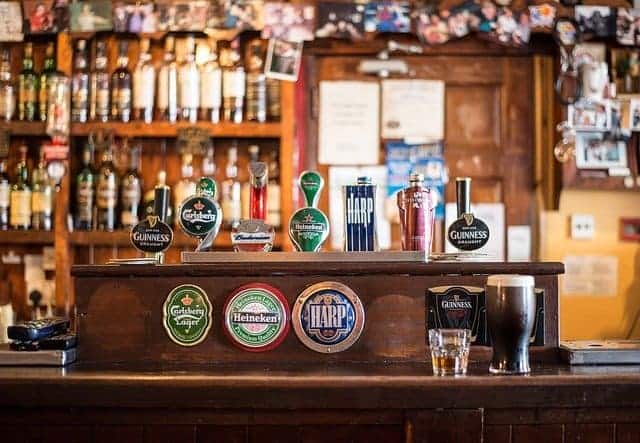
- Beamish
- Tullamore Dew
- Jameson Whiskey
- Guinness
- Bailey’s
- Murphy’s Irish Stout
- Dingle Gin
- Bulmer’s Cider
- Cool Swan cream liqueur
- Orchard Thieves cider
Check out The Franciscan Well in Cork if you’re interested in beer that’s been brewed in-house.
Must-buy items in the Republic of Ireland
Ireland celebrated its centenary of Independence in 2016, but it’s never lost touch with heritage. Here’s a list of things you should be sure to pick up and bring home from your trip to Ireland:
- Aran wool knits
- Waterford Crystal
- Donegal tweeds
- Foxford blankets
- Pottery and ceramics
- Chocolate
- Claddagh jewelry (especially rings)
- Newbridge silver
Ireland, with its strong cultural will to survive and picturesque landscapes are one of the most popular places in Europe to visit. Tourists travel to Ireland from all over the world to bask in its breathtaking views, bathe in its history, and taste its food and drink. Ireland truly has something to offer for everyone. If you’re a wanderer, the best time to visit is during the summer months when the weather is a little bit more forgiving. But, if you’re looking for the real Irish experience, come any time – just be sure to bring your welly boots!
Any questions? Be sure to leave a comment below!
Written by Hayley-Jenifer
